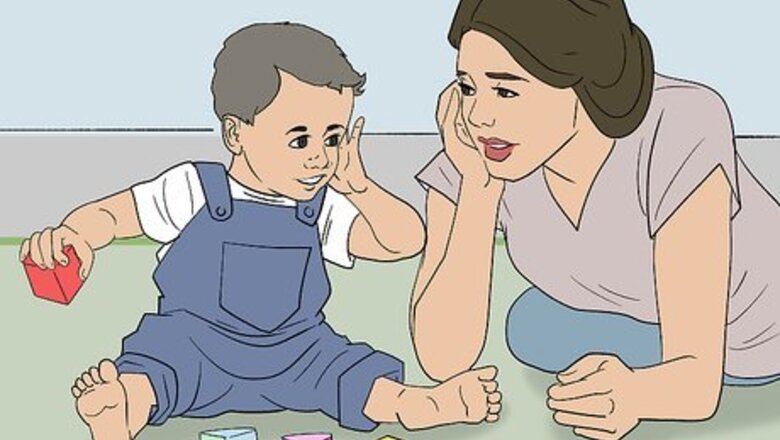
views
What should I start teaching my 1-year-old?

Start with simple activities to stimulate their minds. Your 1-year-old is quickly developing into a little person and starting to do things on their own. As they actively engage in their environment, they’ll learn how things work through cause and effect. The best thing you can do to start teaching them is to have fun and let them play and interact with their environment. Play house, pretend to make a phone call, play in the mirror, have them bring a toy to you—the possibilities are endless! You don’t need to break out a ton of toys or even spend a ton of cash on fancy ones. Sometimes just playing with simple blocks or banging on pots with spoons will be enough to delight and stimulate your little one. If you do give them toys, make sure they’re age-appropriate and safe for 1-year-olds.
Play games to encourage social development. As your sweet baby grows, they’ll also become more social with you and other children. Let them learn about and actively explore their environments through play. Fun social games like peekaboo, pat-a-cake, and chase allow them to interact with you as well as other people, which will help develop their mental and social abilities. Encourage them to play with other children as well.
When should you start teaching your baby to talk?
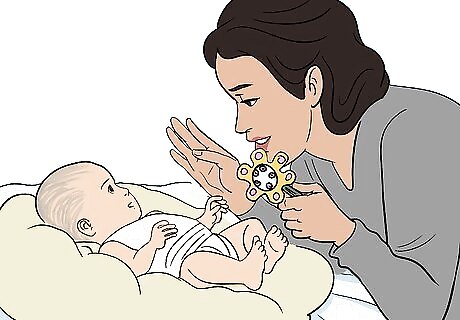
Start talking to your baby as soon as they’re born. It may seem silly to talk to a newborn baby since they can’t technically respond to you. But the more you talk to your baby, the more they get used to it and they may start making their own sounds as a response. In time, they’ll get better at mimicking your speech as they learn to speak. So talk to your little one as much as you possibly can! In fact, studies indicate that the more words a baby hears, the more they respond with sounds of their own, suggesting that talking to your baby actually does encourage speech development.
How can I teach my 1-year-old words?

Look for cues and give them words to help them identify things. If you catch your toddler looking at a ceiling fan, light fixture, or reaching for something on your plate, help them out by identifying what it is. Use simple terms to identify the item and mix in fun little chats about what you’re doing to help encourage them to start talking. For instance, if your baby is looking at your coffee, you can say, “You see my coffee? It’s coffee, mmm. I’m just drinking my coffee.”
Read to your child and have them follow along with you. Even though your kiddo can’t read yet, they still love storytime with you! Read children’s books with them and point out words and objects on the pages so they can learn what they are. Ask questions about the story and wait for them to reply so they have to think about it. If they guess incorrectly, simply state the right answer. Over time, their vocabulary and knowledge will expand.
How do I teach my 1-year-old the alphabet?
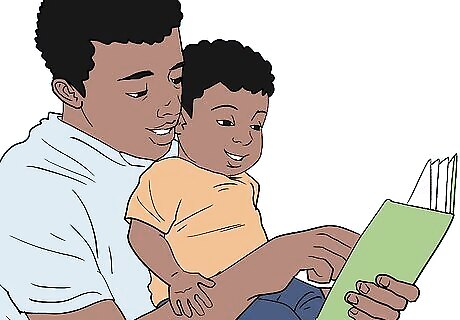
Read alphabet books with them. There are a ton of children’s books that are focused on the alphabet. Read them with your 1-year-old and identify each of the letters. Ask them to repeat the letters back to you, but keep it fun and be super patient. You’ll find that your little one actually loves guessing which letters are which. Through repetition, they’ll start to get their ABCs down. You can read along and say things like, “Ok, now what’s that? That’s right! It’s A!” If they guess incorrectly, no problem. Keep it fun and gently correct them with something like, “Close! That’s F!”
Sing the alphabet song out loud to make it fun. You know the classic song, “A, B, C, D, E, F, G,” right? It’s a classic because it works! Try singing the song as often as you can and have your 1-year-old try to sing along with you. Sure, it may sound like gibberish at first, and they may struggle to pronounce the letters. But in time, they’ll get it down and will be able to sing it on their own. Singing is a great way to keep things light and fun.
How do I teach my 1-year-old how to count?
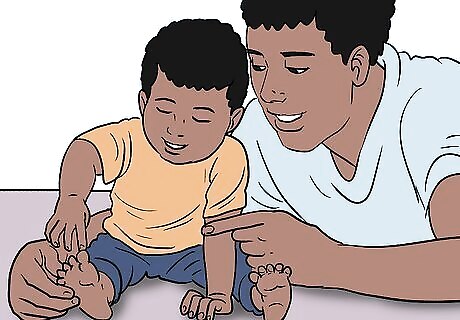
Help them count their fingers and toes. Make counting a fun and playful experience. Count their fingers and toes one-by-one and have them count along with you so they start learning about numbers. Pretty soon, you may catch them counting their fingers and toes on their own! Don’t worry so much about whether or not they count in order correctly. That’ll come a little later.
How many words is a 1-year old supposed to say?

They should be able to say about 50 words by the time they turn 2. Most kids can say several words by about 15-18 months. Every child is different and just because your 1-year-old is saying as many words as other kids their age doesn’t mean there’s anything wrong. Usually, by about age 2, most children can say about 50 words and put 2 words together to form sentences. If you’re concerned about your child’s development, try talking to their pediatrician. Some parents can worry that if their child isn’t speaking they may have autism. However, children with autism also exhibit other behaviors such as poor social skills and limited or restricted patterns of behavior. Talk to your child’s doctor if you have concerns.
What should a 1-year-old be able to do?

Respond to simple requests and use gestures. Your 1-year-old should understand when you’re trying to talk to them and be able to comprehend simple spoken requests like, “Are you thirsty?” or “Do you need to potty?” They should also know how to use gestures such as shaking their head or waving goodbye. If your child isn’t able to do any of these things, it doesn’t necessarily mean that something is wrong. Every child is different. Talk to their pediatrician if you have concerns.
Know a few words and phrases. Your 1-year-old may not know a ton of words but they should say things like “mama,” “dada” and simple phrases like, “uh-oh!” They may know how to say a few things and most children may know about 50 words by the time they’re 2. They may also make sounds or try to mimic you, which are good signs that their speech is developing.
Stand up and maybe take a few steps. Sure, some kids are up and running right around age 1. But if your 1-year-old isn’t walking yet, it doesn’t mean something is wrong. Most 1-year-olds should be able to sit up on their own and pull themselves up to standing. They may also be able to walk while holding onto furniture or take a few steps on their own.
Can you discipline a 1-year-old?
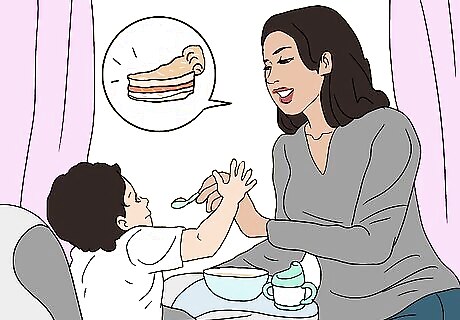
Yes, you can teach a 1-year-old boundaries. If your child is throwing a lot of fits or misbehaving, there are things you can do to help correct their behavior. You can’t use time-outs because they’re too young to understand. But, you can praise good behavior and correct bad behavior with positive redirection. If you stay consistent, your child will learn what’s right and what’s wrong. For instance, instead of saying, “No! You can’t have dessert until you eat your dinner,” you could say something like, “We’ve got some delicious pie we can have as soon as you’re finished.” If your 1-year-old is struggling with something and getting frustrated, try calmly showing them how it’s done. They’ll appreciate your help and they’ll learn that they don’t need to throw a tantrum.
How do I deal with my 1-year-old being stubborn?
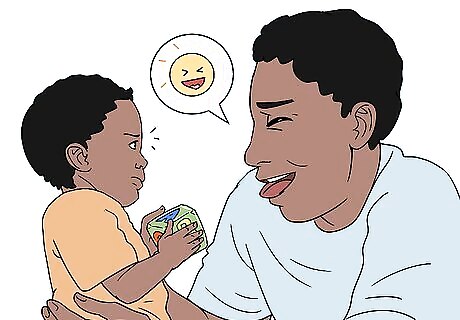
Try distracting them with humor or another activity. Instead of trying to convince your 1-year-old to do something or to stop doing something, try a little misdirection. Get them interested in something else and they may forget about being stubborn entirely. Crack a joke or be a little silly to break them out of their bad mood and they may be more inclined to listen to you. For instance, if your 1-year-old is refusing to eat their food, you could try the classic “airplane” maneuver where you make plane engine noises and “fly” the food into their mouth. A little silliness can go a long way. If your toddler is refusing to stop throwing their toys, you can put one of them on top of your head and make a funny face. They may start laughing and forget all about being upset.










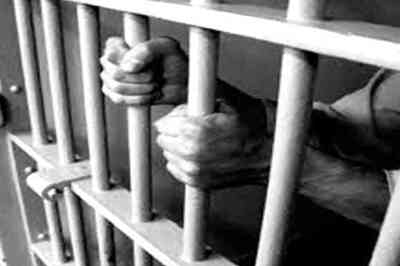






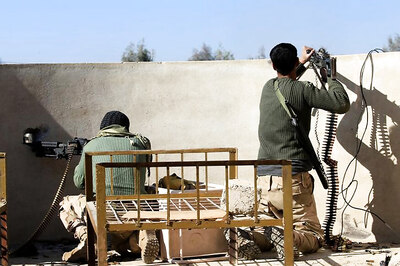
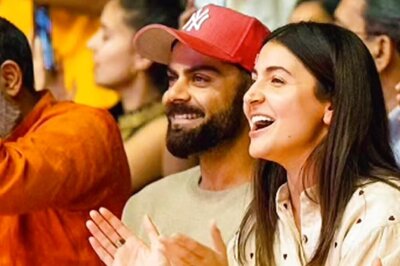
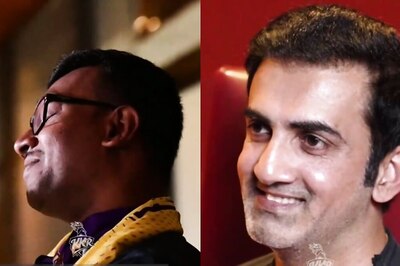
Comments
0 comment